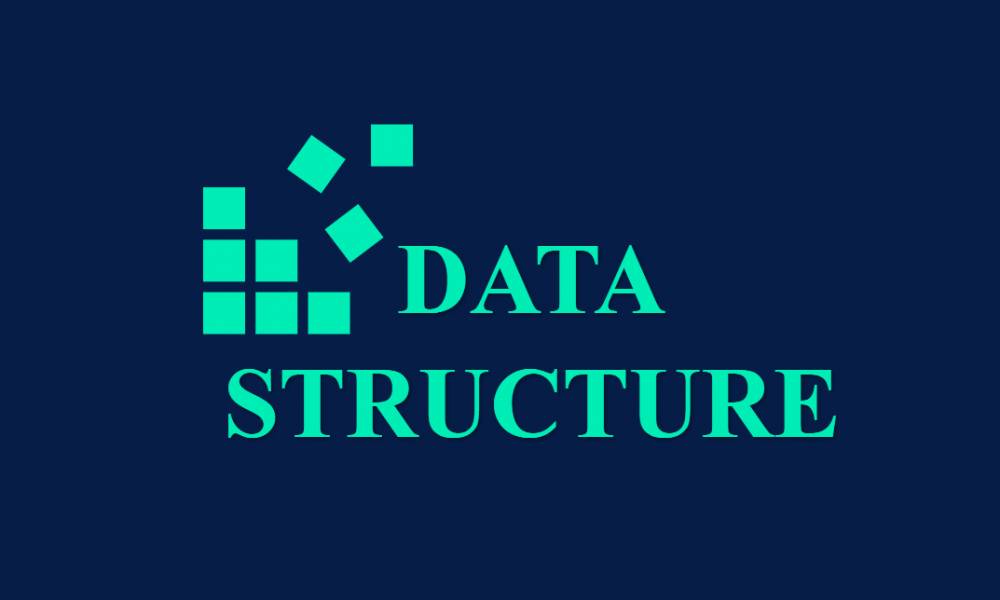
Things to Note About Data Structure
What is Data Structure
A data structure is a specialized data format that is used to organize, process, retrieve, and store data. There are several fundamental and advanced data structures, each of which is designed to organize data for a specific purpose. Data structures make it simple for users to access and work with the data they require in the most efficient manner possible. Most importantly, data structures organize information in such a way that machines and humans can comprehend it.
A data structure may be chosen or designed in computer science and computer programming to store data for the purpose of utilizing it with various algorithms. In some cases, the algorithm's fundamental operations are inextricably linked to the design of the data structure. Each data structure stores information about the data's values, their relationships, and, in some cases, functions that can be applied to the data.
For example, in an object-oriented programming language, the data structure and its associated methods are defined as a class. In non-object-oriented programming languages, functions may be defined to interact with the data structure, but they are not technically considered to be part of the data structure.
Why Are Data Structures Important?
The standard base data types available in the majority of computer programming languages, such as integers or floating-point values, are frequently insufficient to capture the logical intent for data processing and use. However, applications that ingest, manipulate, and produce data must understand how to organize data in order to facilitate processing. Data structures organize data elements logically and make it easier to use, persist, and share data effectively. They define a formal model for the organization of data elements.
Data structures serve as the foundation for more complex applications. They are constructed by grouping together data elements into a logical unit that represents an abstract data type relevant to the algorithm or application. A "customer name" is an abstract data type comprised of the character strings for "first name," "middle name," and "last name."
Not only is it necessary to use data structures, but it is also necessary to select the appropriate data structure for each task. Selecting an inappropriate data structure may result in lengthy runtimes or unresponsive code.
What Purpose Do Data Dtructures Serve?
Data structures are typically used to implement the physical representations of abstract data types. Data structures are a critical component of efficient software design. Also, they play a critical role in the design of algorithms and their implementation within computer programs.
Fortran, C, and C++ were early programming languages that allowed programmers to define their own data structures. Numerous programming languages today include a large collection of built-in data structures for organizing code and data. Python lists and dictionaries, as well as JavaScript arrays and objects, are all examples of common coding structures for storing and retrieving data.
Software engineers employ algorithms that are inextricably linked to data structures such as lists, queues, and mappings between sets of values. This approach can be combined with others in a variety of applications, including managing collections of records in a relational database and indexing those records using a data structure called a binary tree.
The following are some examples of how data structures are used:
• Data storage. Data structures are used to specify the collection of attributes and corresponding structures used to store records in a database management system.
• Ordering and sorting. Binary search trees, also known as ordered or sorted binary trees, are useful for sorting objects such as character strings used as tags. Programmers can manage items organized according to a specific priority using data structures such as priority queues.
• Data exchange. Data structures specify how information shared between applications, such as TCP/IP packets, is organized.
• Indexing. Indexing objects, such as those stored in a database, requires the use of more sophisticated data structures, such as B-trees.
• Management of resources and services. The fundamental operating system (OS) resources and services are enabled through the use of data structures such as linked lists for memory allocation, file directory management, and file structure trees, as well as queues for process scheduling.
• Scalability. Data structures are used by big data applications to allocate and manage data storage across distributed storage locations, ensuring scalability and performance. To facilitate querying, certain big data programming environments, such as Apache Spark, provide data structures that mirror the underlying structure of database records.
• Searching. Indexes constructed using binary search trees, B-trees, or hash tables expedite the process of locating a desired item.
Data structure characteristics
Frequently, data structures are classified according to their characteristics. Three characteristics are provided as examples:
1. Non-linear or linear. This property indicates whether the data items are ordered sequentially, as in an array, or in an unordered manner, as in a graph.
2. It is either homogeneous or heterogeneous. This property indicates whether or not all data items in a repository are of the same type. A collection of elements in an array, or of different types, such as an abstract data type defined as a structure in C or a class specification in Java, is an example.
3. Dynamic or static. This property describes the compilation process for data structures. At compile time, static data structures have fixed sizes, structures, and memory locations. Dynamic data structures have sizes, structures and memory locations that can shrink or expand, depending on the use.
Courses and Certification
Data Communication Course and Certificate
Data Mining Course and Certificate
Data Science Course and Certificate
Data Structure & Algorithms Course and Certificate

